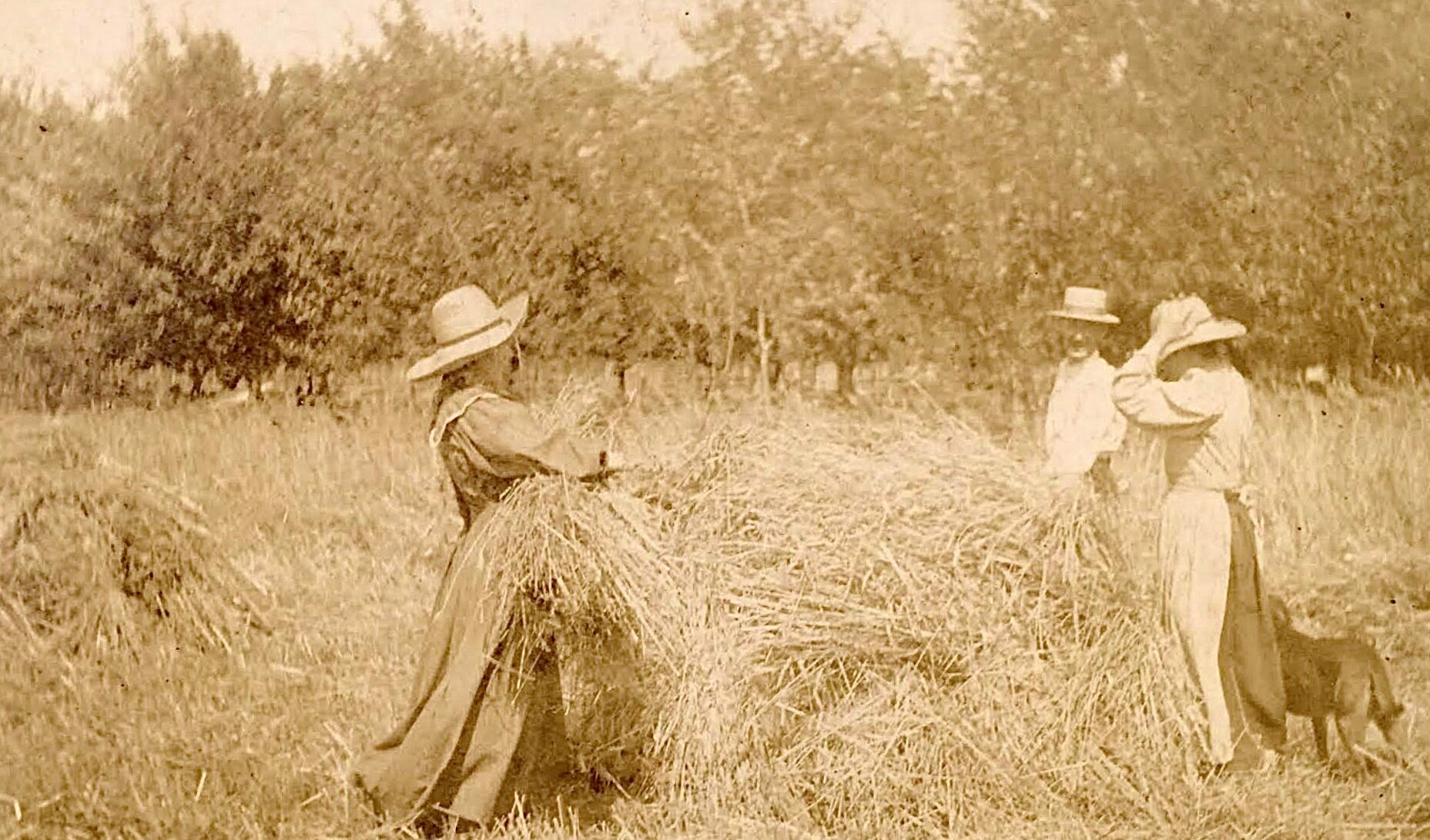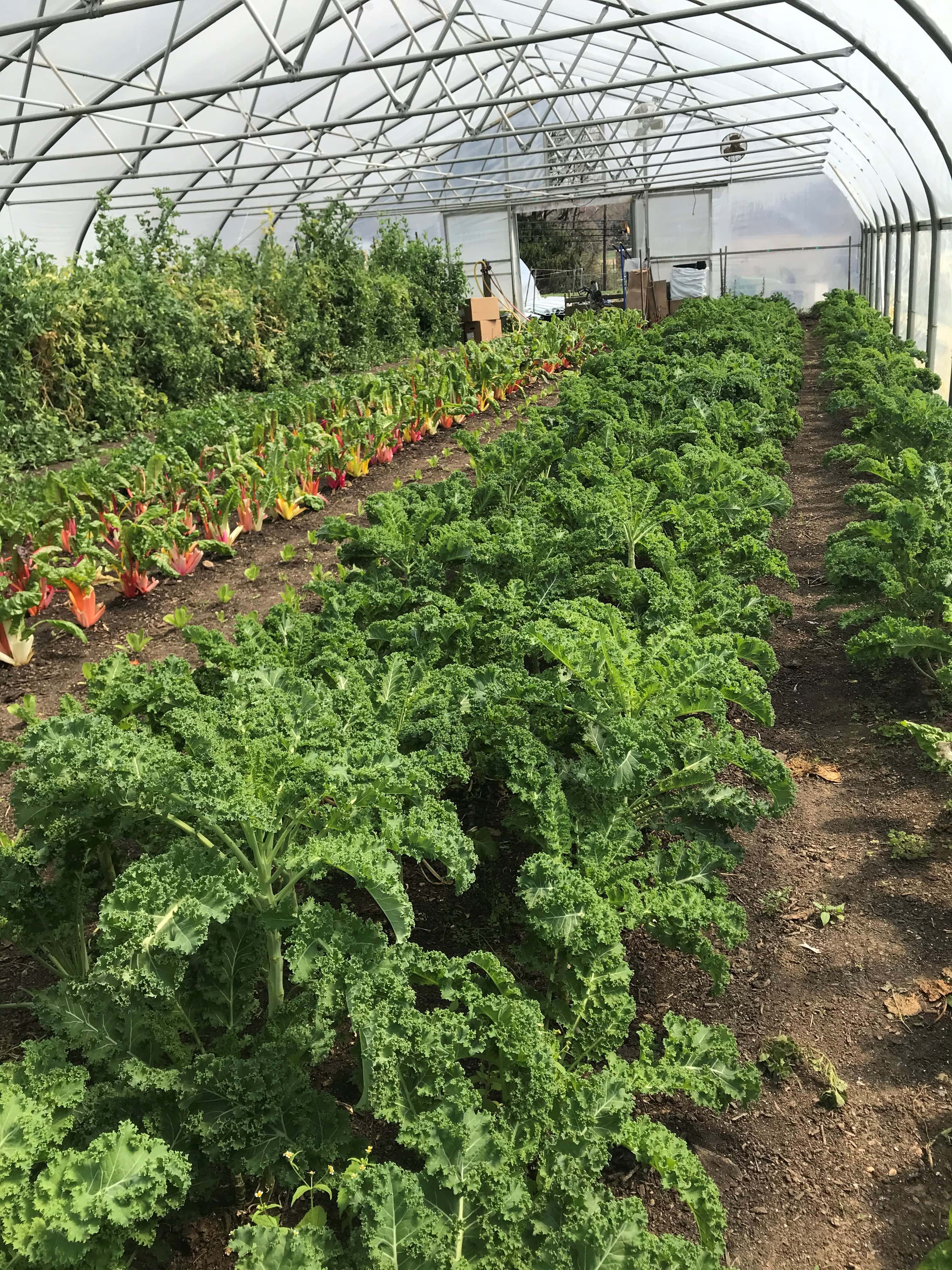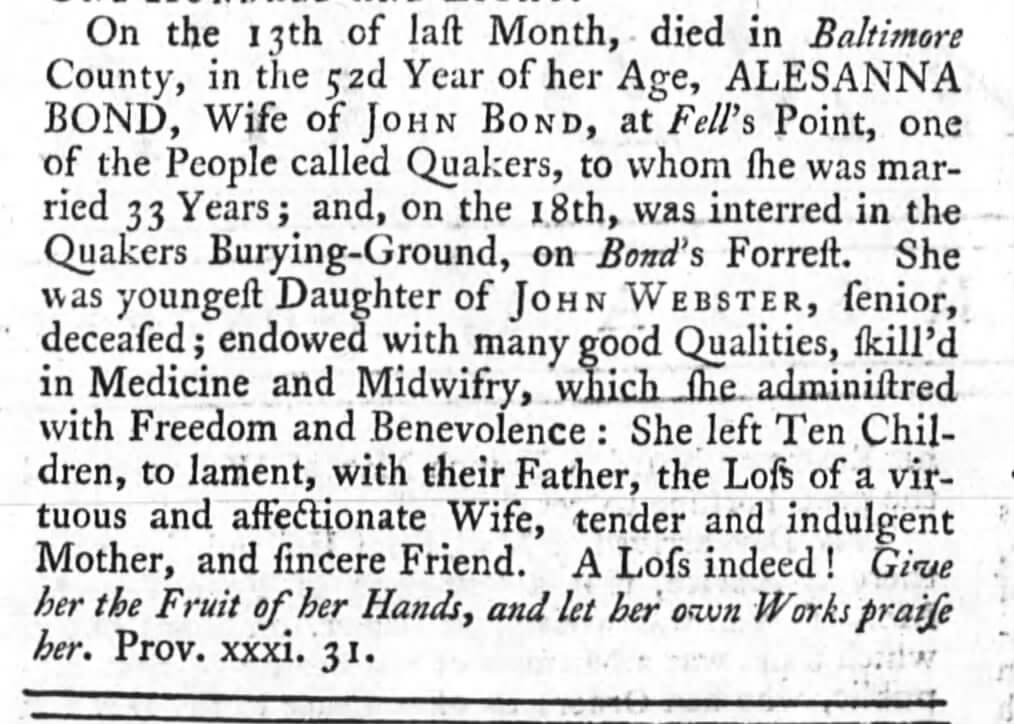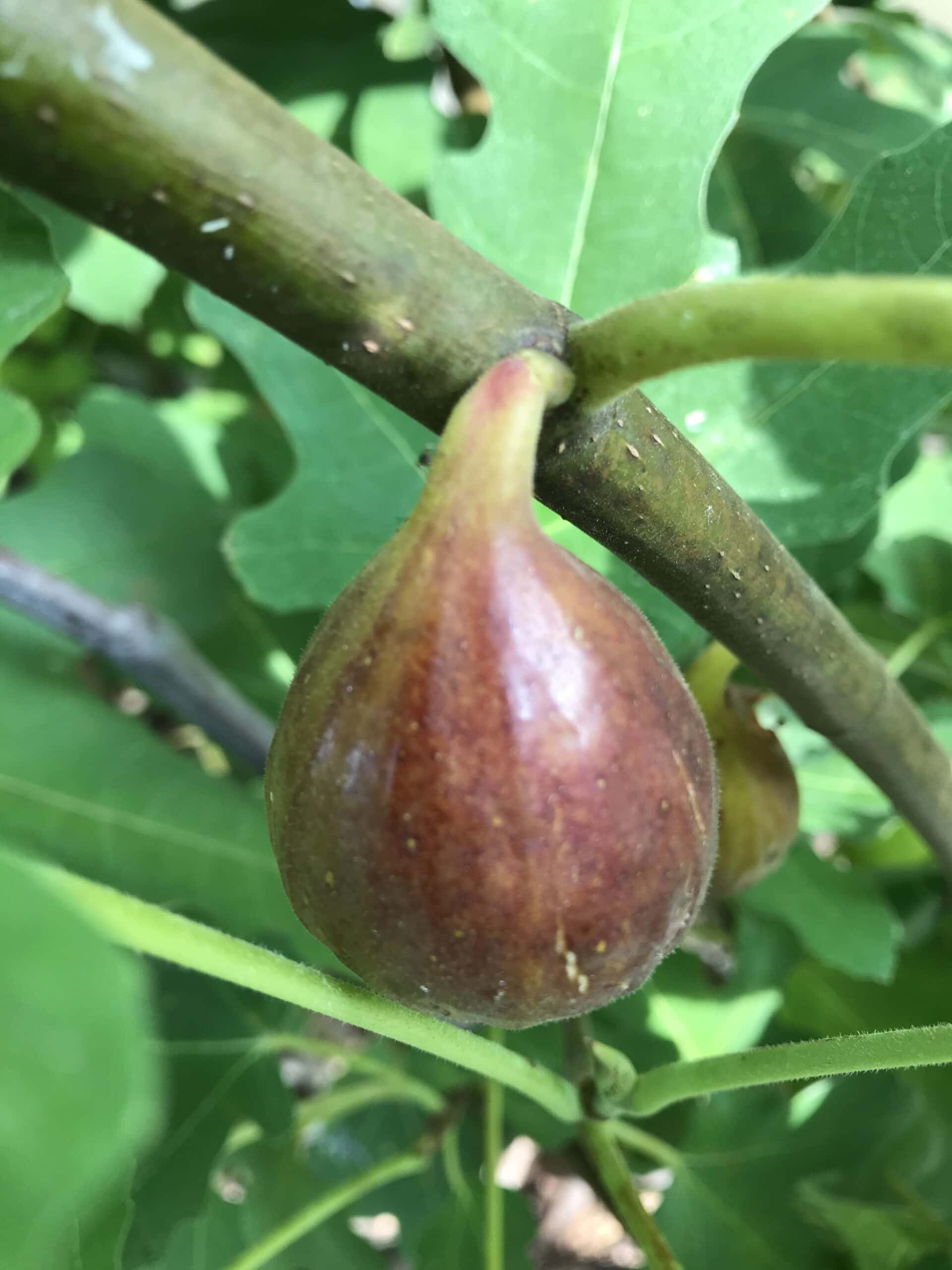This post may contain affiliate links. Probably doesn’t, but it might. It doesn’t cost you anything extra but if you use these links to buy something, we may earn a commission.
Table of Contents
A Success Story in Wilmington’s Suburbs
Feeding your family is one of the most important things you do. When you are looking for fresh produce, grown with no pesticides, are you surprised to know there is a farm just north of Wilmington in Delaware?
Within just a few miles of Delaware’s largest population center, where there are malls and developments and lots of traffic, there is a farm growing in all four seasons.

On Foulk Road, across from Brandywine High School and almost next door to Foulkstone Plaza, there is a small farm with a big red barn. How is that even possible in northern Delaware? North Wilmington, Brandywine Hundred, is not known for its abundance of farms. At least, not in the 21st century! If we go back 100 years, it was a far different situation.
Good question! The short answer is, the farm was here first.
There were farms on Foulk Road?
Looking at Foulk Road now, with four lanes and 20,000 cars daily traveling on it, it’s hard to imagine the agricultural feel that used to comprise Foulk Road. It used to be only farms on Foulk Road until you got to Concord Pike. When the Webster girls were growing up in the 1930s, there was a farm across the road, the Talley farm to the north of them, the Day farm across from the Faulk farm to the south, and the Weldin farm way far away almost to the Concord Turnpike. Across from Blue Ball Inn was the smithy and wheelwright, run by Charles Rotthouse. The Rotthouse and Webster families met in the 1920s when John Webster married Rachel Rotthouse.
Foulk Road with horse and wagon traffic
If you go back another hundred years, farmers hitched up wagons in the 1800s and hauled their produce into Wilmington to sell at the King Street Farmers Market. Family memories include stories of Isaac Webster traveling in the back of the wagon in the pre-dawn hours with his father, Clark, in the 1820s. The King Street Farmers Market lasted for over 180 years until the city dismantled the market. They quickly regretted that decision, but the farmers had moved on. Brandywine Hundred was considered rural until the 1940s. By the 1980s, few farms were left. As the area got settled after World War II, farms were sold and houses were built.

The start of Highland Orchards
Clark Webster purchased the farm in 1832 since it backed up to his current farm—where the development of Surrey Park is now. His son, Isaac Webster, bought the farm from him three years later and developed it into a diverse, working farm. Isaac and his wife, Sarah Wilson, grew enough to feed the family and to sell extra to pay taxes and other bills. Isaac and Sarah were highly regarded in the community. Isaac passed on to his son, John, a healthy and profitable farm. The farm has passed down through the generations to Elaine Webster Linton. While growing up, Elaine’s family raised pigs, had a dairy herd, and grew all kinds of fruits and vegetables, plus some flowers! They went into Wilmington twice each week to the farmers market to sell whatever they were growing.
Sales at the King Street Farmers Market
Foulk Road was a dirt road in 1900 and was still just two lanes until the early 1960s, when it was widened to its current four lanes. For most of the farm’s history, the farm was located in “the country,” far outside the city limits (all of four miles!). There were a few more farms located on Foulk Road, but that was about it. The Websters took their produce into Wilmington to the King Street Farmers Market to sell their wares until the mid-1950s. The Webster stand was at 6th and Market, as it had been since the 1830s. The market extended for about 10 blocks and took place on Wednesday and Saturday.
John Webster sold his produce and had many regular customers who came week after week. At the end of the market, he would then deliver the half-bushels or peaches or apples to the homes of the purchasers. “Direct to Consumer” is not a new fashion.
When John Webster, Elaine’s father, registered his dairy herd in 1936, he selected the name “Highland Orchards” for the farm to honor the family’s Scottish heritage. The first cows were all named after family members. The girls liked to visit the cows named after them. It made the chore of bringing them in from the pasture each evening a bit more entertaining.
Transition from Farmers Market to On-Farm Sales

After World War II, people started moving out of the city of Wilmington and building houses in “the country.” John Webster sold his dairy herd and converted part of the barn to a Sales Room. People started coming directly to the farm to buy their produce. For a few years, John Webster continued going into Wilmington to the King Street Market, but sales at the farm started to surpass the market sales. Soon, the farm was surrounded by houses and developments. Next to the Webster farm, the Faulk farm became Faulk Elementary School, which later became Foulkstone Plaza. Somehow along the way, Faulk Road became Foulk Road. The original Faulk family spelled their name with an “a”.
Almost retired and then…
John Webster was ready to retire, sort of. He sold some of the farm land, but kept the core. Then he bought another farm outside of Hockessin. The large farm that he bought outside of West Chester was already turned over to his daughter, Elizabeth, and her husband, Bob Hodge. John finally sold all the extra land, keeping the historic barn, house, and the fields around it. The development of Perth grew up around the farm.
Elaine and her family came back to the farm at a good time. Under Elaine’s stewardship, she expanded the farm offerings to include some non-local produce like bananas (which the farm is highly unlikely to ever grow), so that customers could get all their produce in one stop. Since Elaine loves flowers, she started having plants for sale in the spring. She found that the customers love flowers as well.

Elaine’s daughter, Ruth, now runs the farm. The core 5.5 acres form the basis for a busy, four-season fruit and vegetable farm. Flowers are an important part of the farm activity as well. The farm market still takes place in the Sales Room that John Webster created in the big, red barn. In addition, there are a lot of different products from local artisans, such as cheese, nut butters, chocolate, and milk to complement the array of fruits, vegetables, and flowers.
The farm has added high tunnels to assist with the year-round growing. These make it possible for this small farm to grow multiple crops each season throughout the year.
Each generation has made changes

To prove that the farm is now operating in the 21st century, you can find Highland Orchards on Facebook and Instagram, there is online ordering, there is a weekly email, and there are online courses, e-books, and blogs about growing, farming, and family history. I don’t think my great-great-great-grandparents could have envisioned the form that the farm currently has, but I know they would be enthusiastic about the changes. Each generation made changes to the farm, in what was sold and what worked for them.
Our customers are multi-generational along with us. Grandparents brought their grandkids, who are now bringing their grandkids. We see people several times a week, as it is so easy to get fresh produce—harvested every day—and not worry about your lettuce going bad.
For the community in North Wilmington, having a farm in the neighborhood means being able to eat seasonally, to eat fresh, to eat well. Many have opted to be part of the Community Supported Agriculture program. This ensures they don’t miss out on important seasonal items, like strawberries, heirloom tomatoes, or figs!
Is there a farm in your neighborhood?
For north Wilmington, yes, there is! A rare commodity indeed, but the farm is still here and is still growing. Growing beyond expectations since 1832.
For more information on what is a CSA, click here.
If you aren’t in Delaware, check around. You may be able to find a small farm near you who is growing for your community. Your support of a local farm is what makes it possible for the farm to keep on growing. Check out Local Harvest for a farm near you.
About Highland Orchards: Completely surrounded by suburbia, our small farm has been growing beyond expectations since 1832 in this location.
Growing a wide variety of fruits, vegetables, and flowers, Highland Orchards provides true “farm fresh” for the community all year. If you want to shake the hand of the farmer who grows for you, here is the farm! With plants in the ground or under cover in tunnels, we grow for every season. A family farm, we have three different generations involved in running the farm right now.
Come see us to eat fresh, eat local, and eat well!
Happy growing and happy eating!





